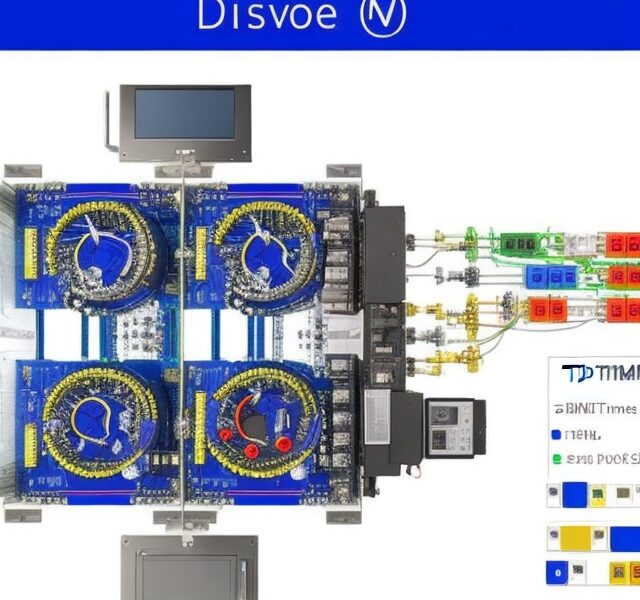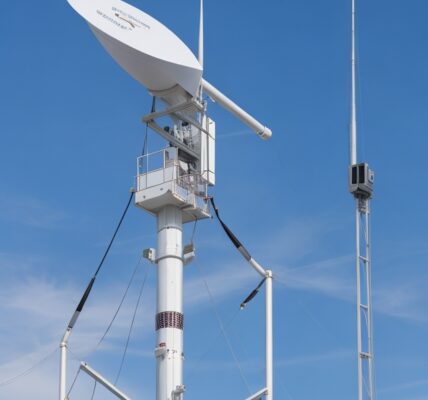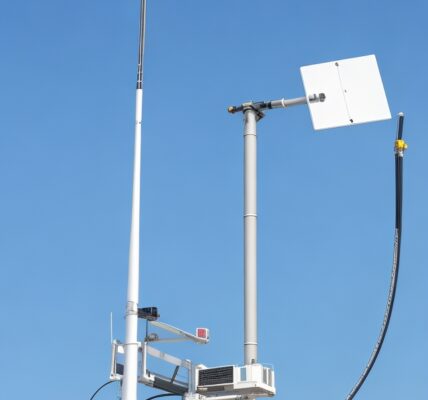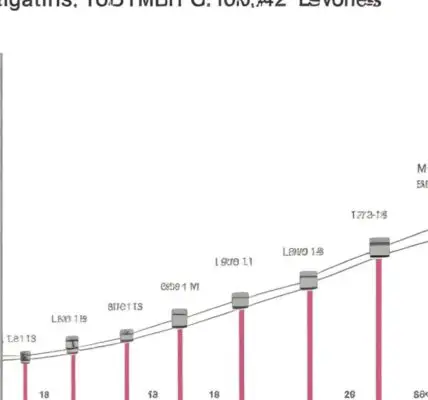- Introduction to TDM: Time-Division Multiplexing (TDM) is a technique used in telecommunications to transmit multiple signals over a single communication channel by dividing the channel into discrete time slots. Each signal is allocated a specific time slot for transmission, allowing multiple signals to be transmitted sequentially.
- Basic Principle: The fundamental principle of TDM is to divide the available time in a communication channel into smaller time slots and assign each slot to a different signal. Each signal occupies its assigned time slot and is transmitted sequentially, creating the illusion of simultaneous transmission.
- Time Slot Division: TDM divides the available time duration in a communication channel into discrete time slots. The duration of each time slot is fixed and equal for all signals. The number of time slots allocated depends on the number of signals to be transmitted and the desired data rate for each signal.
- Multiplexing Process: The process of multiplexing in TDM involves interleaving the data from multiple signals into the respective time slots. Each signal’s data is transmitted in its assigned time slot, ensuring that the data is synchronized and aligned correctly at the receiver end.
- Signal Synchronization: In TDM, it is crucial to synchronize the timing of the signals at both the transmitting and receiving ends. Synchronization ensures that the receiver can correctly identify and extract the data from the respective time slots assigned to each signal.
- Frame Structure: TDM organizes the time slots into frames, where each frame consists of a fixed number of time slots. The frame structure ensures the orderly transmission of signals and helps maintain synchronization between the transmitting and receiving ends.
- Channel Capacity: The channel capacity of a TDM system depends on the total time duration available and the duration of each time slot. The total time duration sets an upper limit on the number of signals that can be multiplexed simultaneously. The duration of each time slot determines the data rate or bandwidth allocated to each signal.
- Demultiplexing Process: At the receiving end, the composite signal carrying multiple signals is demultiplexed to separate the individual signals. This process is known as demultiplexing or demodulation. Demultiplexing involves extracting the data from the respective time slots and reconstructing the original signals.
- Advantages of TDM:
- Simultaneous Transmission: TDM allows multiple signals to be transmitted sequentially over a single channel, achieving the effect of simultaneous transmission and increasing the efficiency of the communication system.
- Efficient Bandwidth Utilization: TDM ensures optimal utilization of the available channel bandwidth by sharing the bandwidth among multiple signals. It eliminates the need for allocating separate frequency bands as in FDM, resulting in more efficient use of resources.
- Flexibility: TDM offers flexibility in adding or removing signals within the time slots, enabling easy expansion or modification of the communication system.
- Synchronization: TDM requires precise synchronization between the transmitting and receiving ends, ensuring accurate extraction of each signal from its respective time slot.
- Limitations of TDM:
- Fixed Bandwidth Allocation: In TDM, each signal is allocated a fixed time slot, regardless of its data rate or bandwidth requirements. This can result in inefficient use of bandwidth if some signals have low data rates while others require higher bandwidth.
- Synchronization Challenges: Achieving and maintaining precise synchronization between multiple signals can be challenging in TDM systems. Any timing deviations or synchronization errors can lead to signal distortion and degradation.
- Applications of TDM:
- Telephony Systems: TDM is extensively used in traditional telephony systems, where multiple voice signals are multiplexed and transmitted over a single communication channel.
- Digital Subscriber Line (DSL): TDM is employed in DSL technology, allowing the transmission of voice and data signals simultaneously over the existing copper telephone lines.
- Integrated Services Digital Network (ISDN): TDM is used in ISDN to transmit voice, data, and video signals over the digital telephone network.
- Time-Division Multiple Access (TDMA): TDMA is a variation of TDM used in wireless communication systems, where multiple users share the same frequency band by transmitting signals in separate time slots.
In summary, Time-Division Multiplexing (TDM) is a technique that enables the transmission of multiple signals over a single communication channel by dividing the channel into discrete time slots. It offers advantages such as simultaneous transmission, efficient bandwidth utilization, flexibility, and synchronization. TDM finds applications in telephony systems, DSL, ISDN, and wireless communication systems like TDMA. While TDM has limitations related to fixed bandwidth allocation and synchronization challenges, it remains a widely used multiplexing technique in various telecommunications applications.
Time Division Multiplexing (TDM)
Definition: A multiplexing technique by which multiple data signals can be transmitted over a common communication channel in different time slots is known as Time Division Multiplexing (TDM).
It allows the division of the overall time domain into various fixed length time slots. A single frame is said to be transmitted when it’s all signal components gets transmitted over the channel.
Theory of TDM
As we know, multiplexing allows the transmission of several signals over a common channel. However, one may need to differentiate between the various signal for proper data transmission. So, in time division multiplexing, the complete signal gets transmitted by occupying different time slots.
The name itself is indicating here that basically time division is performed in order to multiplex multiple data signals.
Let us have a look at the figure below in order to have a better understanding of the TDM process.

As we can see that source A, B and C wants to transmit data through a common medium. Thus, the signal from the 3 sources, is divided into multiple frames each having their fixed time slot. Here, 3 units from each source are taken into consideration, that jointly form the actual signal.
A frame is transmitted at a time that is composed of one unit of each source. As these units are entirely different from each other thus the chances of unnecessary signal mixing can be eliminated.
When a frame gets transmitted over the particular time slot, the next frame uses the same channel to get transmitted and the process is further repeated until the completion of the transmission.
Here, we have taken the example of 3 different sources, but one can perform multiplexing of n source signals. It is noteworthy here that units of a single source must be equivalent to the total number of source signals to be transmitted.
Both analog and digital signals can be multiplexed using time division multiplexing, but its processing technique allows the multiplexing of digital signals conveniently rather than analog one.
TDM system
The figure below shows the block diagram of a TDM system employing both transmitter and receiver section.
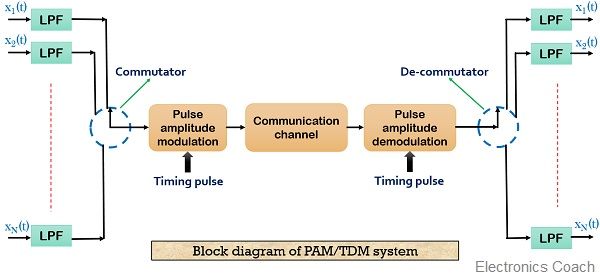
The technique efficiently utilizes the complete channel for data transmission hence sometimes known as PAM/TDM. This is so because a TDM system uses a pulse amplitude modulation. In this modulation technique, each pulse holds some short time duration allowing maximal channel usage.
The output of the LPF is then fed to the commutator. As per the rotation of the commutator the samples of the data inputs are collected by it. Here, fs is the rate of rotation of the commutator, thus denotes the sampling frequency of the system.
Suppose we have n data inputs, then one after the other, according to the rotation, these data inputs after getting multiplexed transmitted over the common channel.
Now, at the receiver end, a de-commutator is placed that is synchronized with the commutator at the transmitting end. This de-commutator separates the time division multiplexed signal at the receiving end.
The commutator and de-commutator must have same rotational speed so as to have accurate demultiplexing of the signal at the receiving end. According to the rotation performed by the de-commutator, the samples are collected by the LPF and the original data input is recovered at the receiver.
In this way a TDM works.
Let fm be the maximum signal frequency and fs is the sampling frequency then


Thus, the time duration in between successive sample is given as,

Rewriting in terms of fm
Now, as we have considered that there are N input channels, then one sample is collected from each of the N samples.
Hence, each interval will provide us with N samples and the spacing between the two is given as

We know pulse frequency is basically the number of pulses per second and is given by
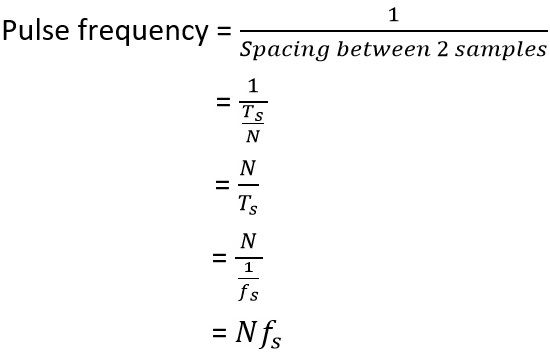
For a TDM signal pulse per second is the signalling rate denoted as ‘r’.
Thus,
Implementation of TDM
The technique of time division multiplexing can be implemented in basically two ways:
1. Synchronous TDM: In this technique, the time slots are assigned at the beginning, irrespective of the idea about the presence of data at the source. This leads to the wastage of the channel capacity. As in the absence of any data unit, that particular time slot gets entirely wasted.

As it leads to exhaustion of the time slot in the absence of any data unit thus, the technique is considered to be efficient.
2. Asynchronous TDM: It is also termed as statistical or intelligent TDM technique as it eliminates the drawback of wastage of time slot present in synchronous TDM.

Here, a particular frame is transmitted by the transmitting end only when it gets completely filled by the data units. It exhibits higher efficiency than that of synchronous TDM technique as it requires smaller transmission time and ensures better bandwidth utilization.
Advantages of TDM
- Simple circuit design.
- It uses entire channel bandwidth for the transmission of the signal.
- The problem of Intermodulation distortion is not present in TDM.
- Pulse overlapping can sometimes cause crosstalk but it can be reduced by utilizing guard time. Thus, is not much serious.
Disadvantages of TDM
- The transmitting and receiving section must be properly synchronized in order to have proper signal transmission and reception.
- Slow narrowband fading can wipe out all the TDM channels.
Applications of Time division multiplexing
TDM finds its application mainly in a digital communication system, in cellular radio and in satellite communication system.
